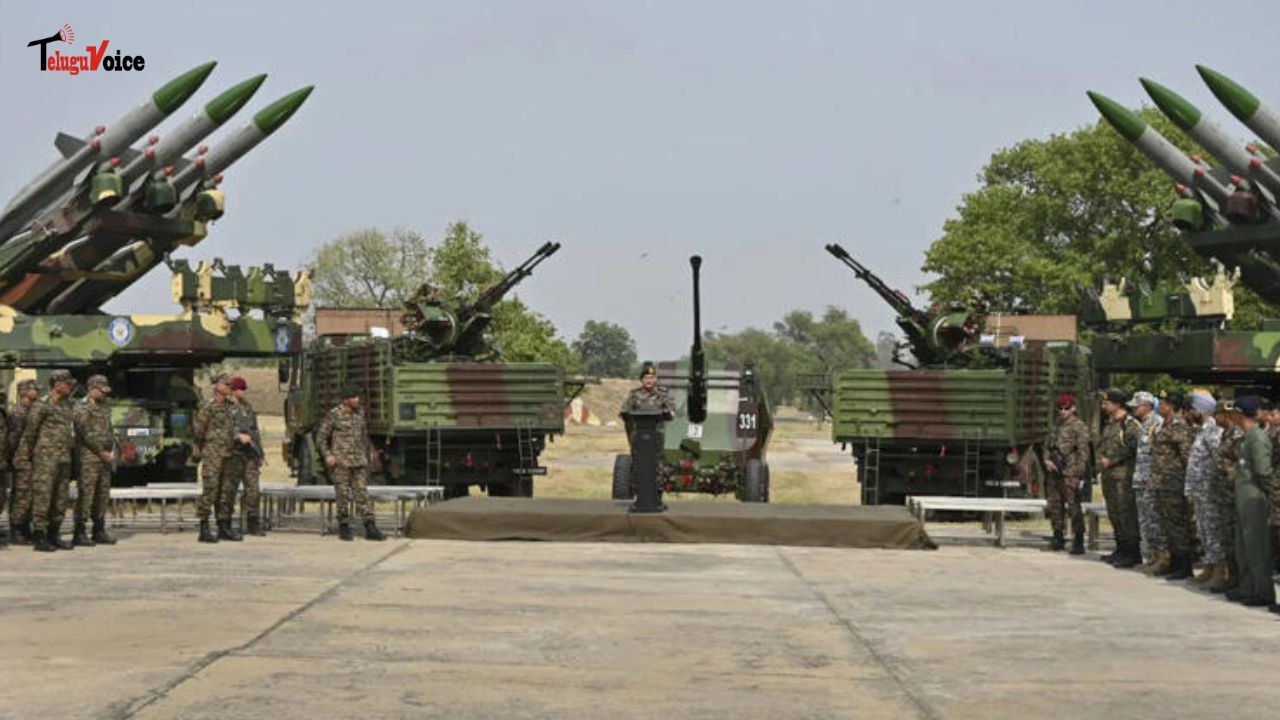India’s Missile Defence Proves Lethal and Resilient in Operation Sindoor

During the four-day military conflict following the Pahalgam terror attacks, India’s missile defence systems played a decisive role in neutralizing threats and protecting critical assets. High-value targets across the country were kept safe from repeated aerial assaults by Pakistan, thanks to an integrated shield comprising indigenous and imported missile systems.
The Akash air defence missile, developed by DRDO, was a standout performer. Its successful interception of incoming threats reinforced its battlefield credibility. Building on this success, DRDO is now focused on the next-generation Akash-NG, which extends its range from 28 km to 40–45 km, enhancing early neutralization capabilities. Trials for Akash-NG in Balasore have reportedly yielded promising results, and user testing is expected soon.
The MR-SAM (Medium Range Surface-to-Air Missile) also fared well, proving effective in intercepting Pakistani threats. Meanwhile, the Russian-made S-400 missile system successfully downed a Pakistan Air Force Saab 2000 Erieye AEW&C aircraft, severely hampering enemy surveillance and coordination capabilities.
Equally impressive was the BrahMos cruise missile, jointly developed by India and Russia. With its upgraded range of 450 km, BrahMos caused significant damage to Pakistani infrastructure, including airfields, with precision strikes.
An unsung hero in the operation was the Integrated Air Command and Control System (IACCS), developed by DRDO and Bharat Electronics. It provided real-time radar data and a “common operating picture” to mission control centers, allowing seamless coordination across India’s defence grid.
Operation Sindoor proved the mettle of India’s missile defence architecture. From the indigenous Akash and BrahMos to the imported S-400, India's layered air defence not only held firm but demonstrated lethal efficiency in neutralizing high-altitude threats and protecting national security.

 South Africa tour of India 2019
South Africa tour of India 2019










Comments